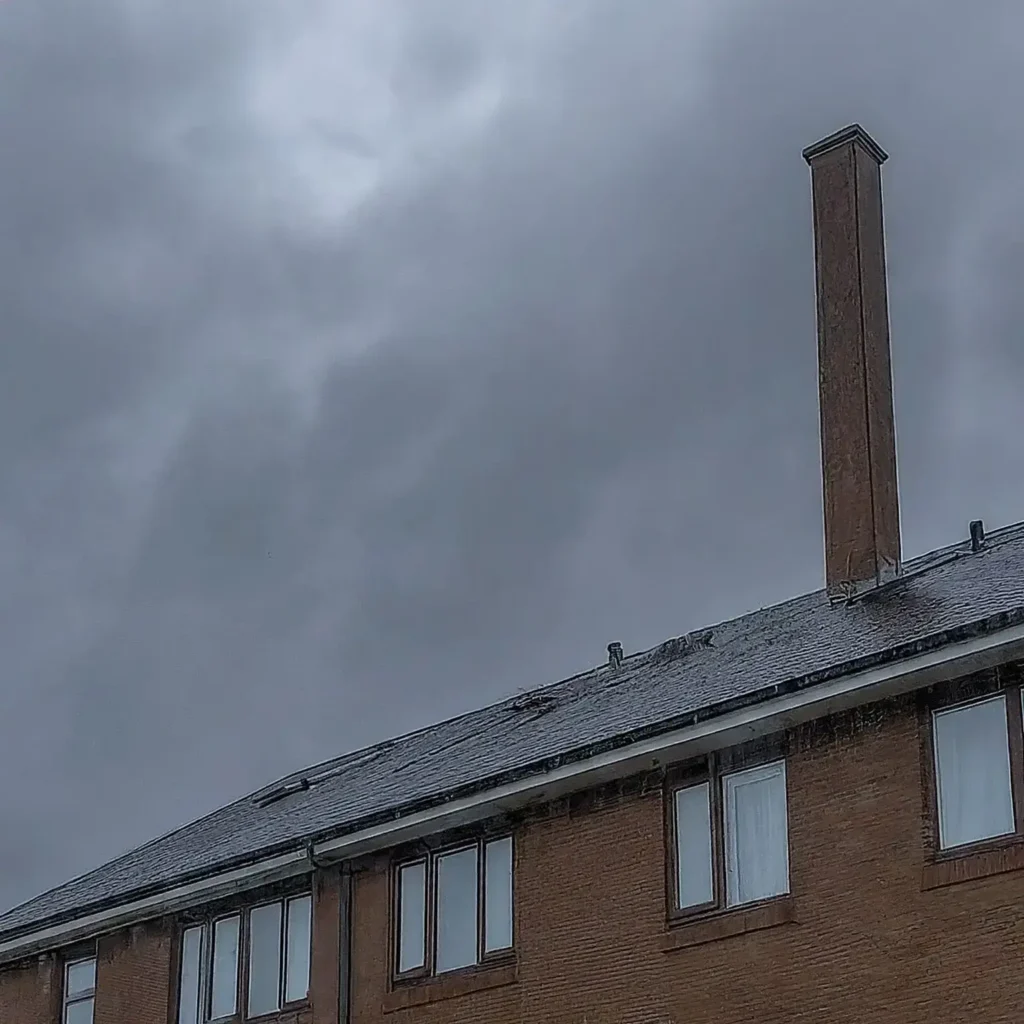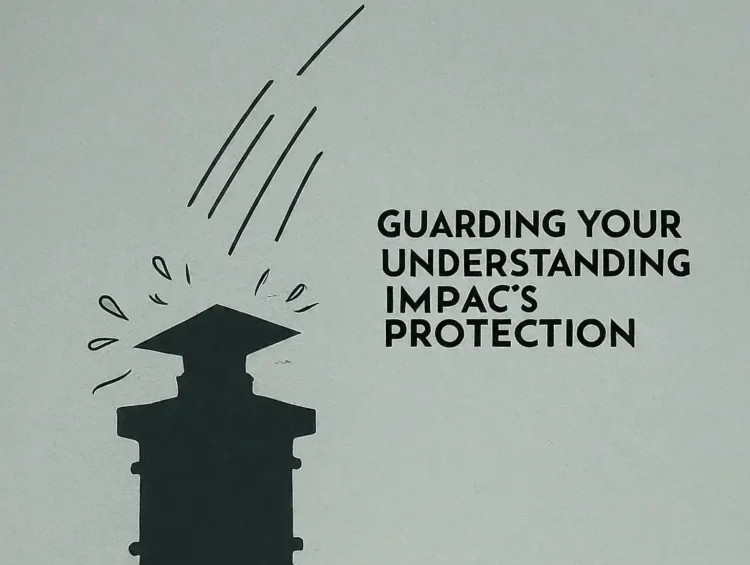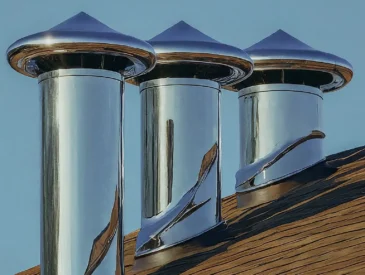Rainy days offer an ideal backdrop for cozying up by the fireplace. However, have you ever wondered how your chimney copes with the deluge?
In this article, we explore the effects of rain on your chimney and emphasize the critical role of protective elements like chimney caps and dampers.
What Happens When Rain Meets Your Chimney
Your fireplace keeps you warm, and the chimney shields your fire from rain. But what safeguards the chimney itself from the rain? Let’s delve into what transpires when precipitation meets your chimney and how you can safeguard it.
Preventing Rainwater Ingress
A chimney serves to release smoke while preventing the infiltration of rain, snow, and wind. In case rain does find its way into your chimney, there are multiple avenues to stop it. One effective measure is installing a chimney cap, which can be the difference between a dry chimney and one inundated with rain.
Understanding the Chimney Cap
A chimney cap, often constructed from metal, resembles a flat, roof-like structure positioned atop the chimney. Its primary purpose is to redirect surplus water away from the flue, preventing pooling around the chimney’s base.
These caps also feature legs that elevate them, creating a gap between the flue’s top and the cap. This space allows smoke to exit the chimney while keeping rainwater at bay.
Functioning similar to an umbrella, chimney caps shield the chimney from downpours and guide water away. Some even incorporate screens to deter birds and pests from entering the chimney shaft.
The Need for a Chimney Cap
While it’s true that bricks lining the chimney shaft are designed to absorb some moisture, relying solely on this aspect is insufficient.
A chimney cap is essential to deter the maximum possible amount of water from entering the chimney’s shaft. It diverts excess water, preventing accumulation around the chimney’s base.
Why a Chimney Cap Alone May Not Suffice
Although a chimney cap is crucial, its size and design may not entirely preclude wind and rain entry. The quality of your chimney’s masonry is equally significant.
A well-constructed chimney, encompassing flue tiles, chimney wall bricks, and other components, ensures stability and water resistance.
The Role of Dampers
Dampers, which regulate airflow in the flue, offer an additional defense against rain. They close when the fireplace is not in use,

acting as a reservoir for any rainwater that enters, allowing it to evaporate harmlessly over time.
Related: damper for outdoor fireplace
Periodic Inspections: Safeguarding Your Chimney
Water damage can be insidious, causing gradual harm with no immediate visible effects. Regular inspections, ideally performed by a professional, can unveil underlying issues caused by rain, averting costly repairs and ensuring safety.
Infiltration Through Flashing
Even the most protective chimney elements might not thwart water infiltration entirely. Water finding its way through the chimney’s
flashing—a tight seal between the chimney and the house’s roof—can lead to subtle,
hidden damage. Damaged flashing permits rainwater to erode the chimney wall, ceiling, and roof areas, requiring expensive and extensive repairs.
Related: chimney prevention
Conclusion: Preserving Your Chimney from Rain
Rain can be a genuine nuisance for chimneys, particularly those lacking proper construction or a chimney cap.
Utilizing appropriate equipment and structures, alongside routine maintenance, ensures your chimney remains secure and functional for an extended period, offering comfort and safety.





